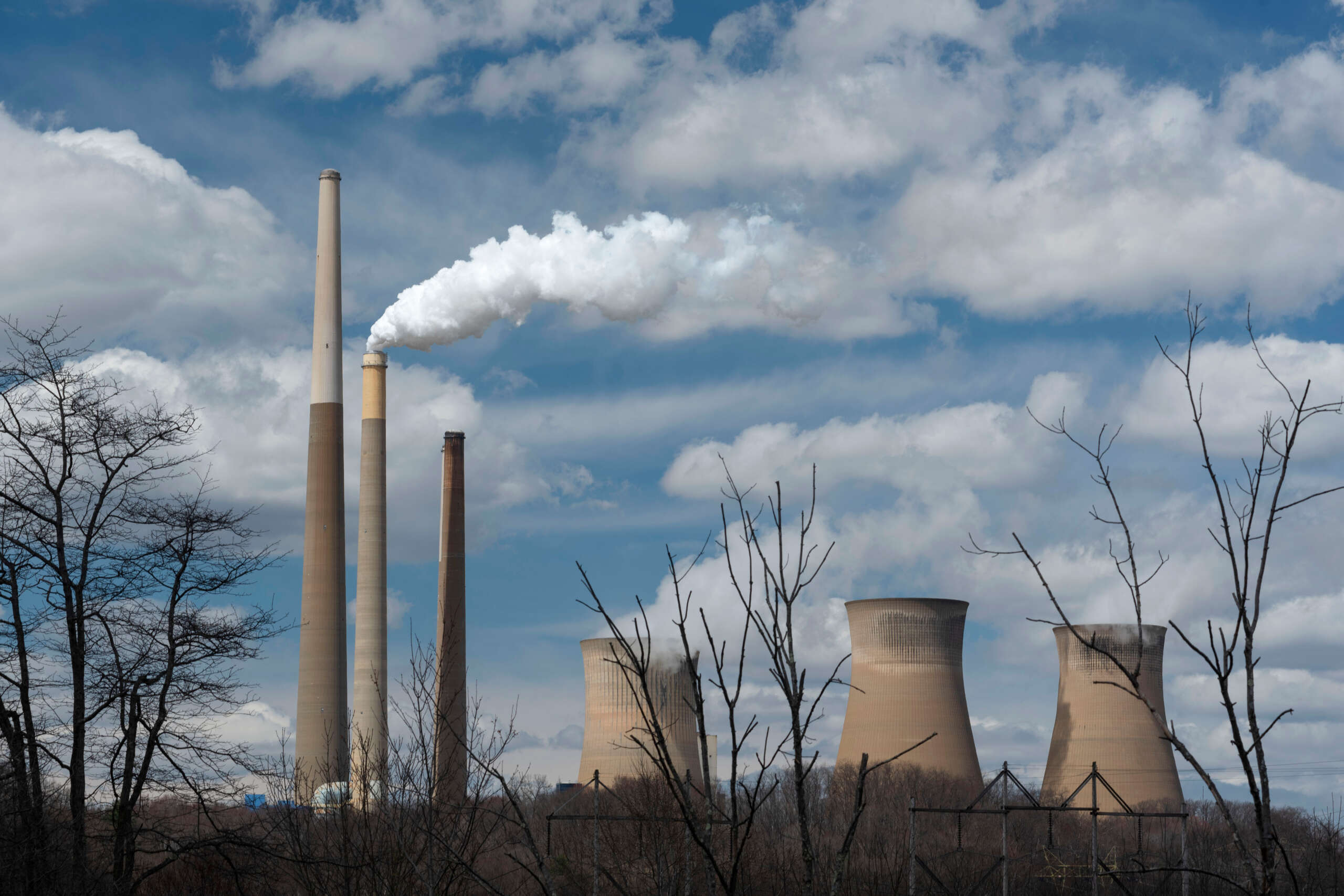Protecting Public Health: The EPA’s Landmark Ban on Chrysotile Asbestos
In a significant milestone for public health and chemical safety, the U.S. Environmental Protection Agency (EPA) announced on March 18, 2024, the finalization of a rule to prohibit ongoing uses of chrysotile asbestos in the United States. This decisive action, under the 2016 amendments to the Toxic Substances Control Act (TSCA), represents a culmination of years of advocacy, scientific inquiry, and legislative effort to address the pervasive threat posed by asbestos exposure. With chrysotile asbestos linked to a variety of life-threatening diseases, including lung cancer, mesothelioma, and ovarian cancer, the EPA’s ban signals a critical step towards safeguarding the health and well-being of American citizens.
Asbestos was in widespread use across various industries throughout the 20th century. From insulation in homes and buildings to automotive brakes and industrial applications, asbestos found its way into countless products, often unbeknownst to consumers. Scientific research uncovered the detrimental health effects associated with asbestos exposure. Inhalation of asbestos fibers was found to cause irreversible lung damage, leading to debilitating diseases and, in many cases, premature death. Despite mounting evidence of its dangers, asbestos continued to be used extensively, perpetuating a silent epidemic of asbestos-related illnesses.
In 1989, EPA issued a final rule that aimed to ban most asbestos-containing products under the TSCA, However, this ban was overturned in 1991. This overturning was because of a lawsuit filed by the asbestos industry who argued the EPA did not evaluate risk of asbestos substitutes and the economic impact of the ban properly.
Recognizing the urgent need for comprehensive chemical safety reform, Congress enacted significant amendments to the TSCA in 2016, empowering the EPA to take decisive action on hazardous substances like asbestos. The amendments aimed to modernize chemical regulation, prioritize safety evaluations, and expedite risk management measures for substances posing substantial health risks. Under this enhanced regulatory framework, the EPA was tasked with evaluating the risks of existing chemicals, including asbestos, and implementing strict controls to protect public health and the environment.
EPA Administrator Michael S. Regan, in his statement accompanying the ban, emphasized the agency’s commitment to scientific integrity, public health, and environmental justice. Regan underscored the imperative of addressing the legacy of asbestos use, highlighting the profound impact of asbestos-related diseases on individuals, families, and communities across the nation.
Chrysotile asbestos was the only form of asbestos still used in the United States, and has been a focal point of regulatory scrutiny due to its widespread industrial applications. From construction materials to automotive components, chrysotile asbestos has persisted in certain sectors despite mounting evidence of its ability to induce cancerous tumors. The EPA’s ban seeks to address this lingering threat by prohibiting the manufacture, import, and use of chrysotile asbestos in all commercial applications, thereby eliminating a significant source of asbestos exposure for workers and consumers alike.
The regulatory framework established by the EPA encompasses strict compliance deadlines, workplace safety measures, and disposal protocols to ensure a smooth transition away from chrysotile asbestos use. By prioritizing worker protection and environmental stewardship, the EPA aims to minimize the health risks associated with asbestos exposure while facilitating the transition to safer alternatives in affected industries. Additionally, the EPA’s ban underscores the agency’s commitment to upholding the principles of environmental justice, ensuring that vulnerable communities disproportionately impacted by asbestos-related diseases receive equitable protection and support.
Despite the monumental significance of the EPA’s ban on chrysotile asbestos, some stakeholders have voiced concerns regarding its scope, timeline, and enforcement mechanisms. Health advocates and experts argue for stricter regulations and expedited phase-out periods to accelerate the removal of asbestos from the market and mitigate ongoing health risks. Additionally, the EPA’s ongoing evaluation of other asbestos fibers underscores the need for continued vigilance and comprehensive risk assessment to address the full spectrum of asbestos-related hazards.
Looking ahead, the EPA remains committed to advancing chemical safety and protecting public health through evidence-based policymaking, stakeholder engagement, and robust enforcement. With the EPA’s ban on chrysotile asbestos serving as a cornerstone of chemical safety reform, the nation moves closer to realizing the vision of a healthier, safer future for all Americans.
If you or a loved one has been diagnosed with an asbestos related disease, you could be entitled to compensation. Contact us today at 412-471-3980 or fill out our contact form to schedule a consultation and take the first step towards protecting your rights and securing the compensation you deserve.




